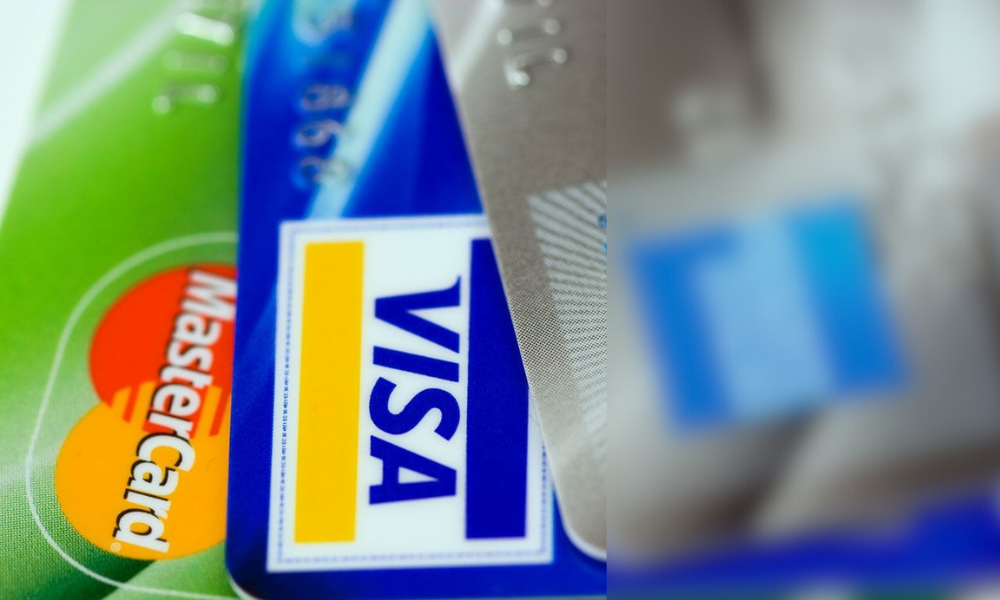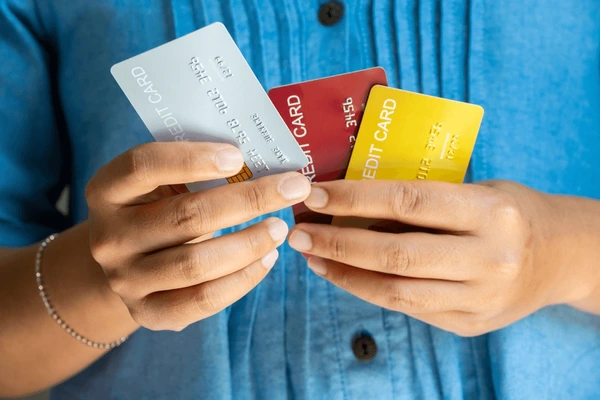Using a chargeback, customers can dispute a payment and get a return. Customer chargebacks safeguard against fraud, faults, and substandard products or services. The refund process confuses many clients, resulting in poor success rates. This tutorial describes how to win a chargeback as a consumer. It will help you resolve disputes and recover money.
What Is a Chargeback?
A consumer requests a refund in a chargeback from their bank or credit card company. This procedure begins if a purchase is fraudulent, misbilled, or not delivered. If a chargeback is valid, the bank may reimburse the money. Many chargebacks fail because clients lack proof or make basic errors.
Step-by-Step Guide to Winning a Chargeback
-
Identify the Reason for Dispute
To initiate a return, you must know why you oppose the charge. Chargebacks are common due to fraudulent transactions, unreceived items, incorrect invoices, and misdescriptions.
Knowing why the chargeback occurred can assist you in determining proof of your case.
-
Check Your Credit Card’s Reason Code
When you seek a refund, your bank gives you a reason code. This code explains the refund. Credit card networks like Visa and Mastercard have reason codes. Learn these codes so you know what information to provide. These codes assist you in succeeding by ensuring your case follows credit card network guidelines.
-
Gather Evidence to Support Your Case
You must prove your claim to get a refund. This may include seller emails or messages confirming the issue. Delivery failure evidence, such as tracking or a signed document
Please provide a copy of your return request if you contacted the vendor. Pictures or descriptions of unsatisfactory or misrepresented products or services.
More precise and more structured information improves your argument.
-
Contact the Merchant First
Before requesting a refund, attempt to resolve the issue with the vendor. Customers missing this step create many chargebacks. You may avoid complaints by contacting the firm for a refund or assistance. A seller’s silence or refusal to help will support your refund case because it indicates you sought to remedy the problem.
-
Write a Clear and Concise Rebuttal
Refund rejections or requests for further information may require a response. In a brief reply letter, explain why you support the chargeback and clearly state your evidence. Good responses increase the likelihood of modifying a choice.
Summary
Chargebacks let customers recover money from faulty purchases. To increase your chargeback chances, understand the procedure and execute these steps: Gather proof, contact the merchant, and use the correct reason codes. Despite the challenges, a well-prepared buyer may contest transactions and protect their money. Be cautious and know your user rights from ZEN Payment.


